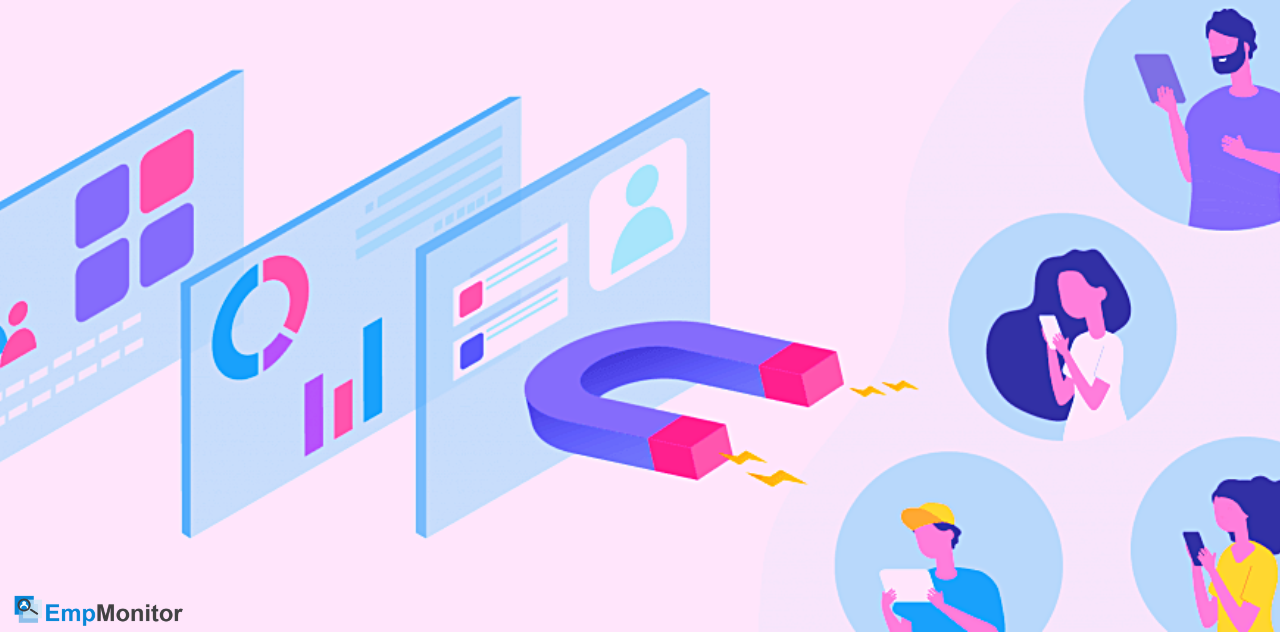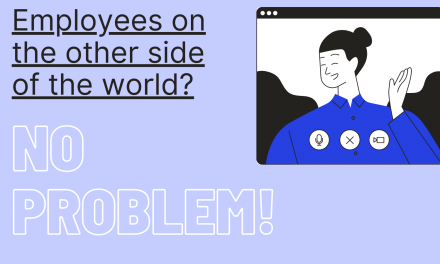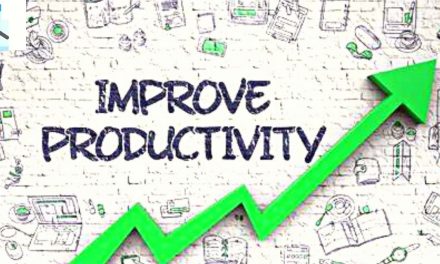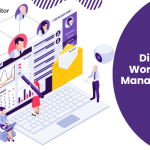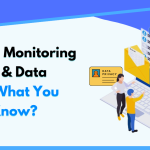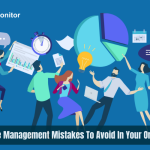An optimized technology stack or tech stack is essential for expansion and productivity in your workforce.
The Tech stack used for marketing campaigns is called the marketing technology stack.
Today, marketing technology has immense growth potential with tools available for marketing automation, email marketing, content marketing, social media outreach, video advertising, and workflow.
Marketing technology also known as martech is software used to efficiently execute marketing campaigns.
Marketing technology delivers a more coherent view of the business to streamline the operation processes since it is a group of technologies deployed together to optimize the process.
It is for optimizing the marketing activities like lead generation, social media, content planning, etc.
The direction of marketing technologies is to construct complicated operations more straightforward to measure the result of marketing activities to drive more efficient spending.
Before learning about the marketing technology stack, let us briefly understand the technology stack-
What is a Technology Stack?
A technology stack is a set of technologies, software, and tools used in the development and deployment of sites, apps, and other digital products.
A tech stack-which is the collection of tools that a company uses to build its products and monitor its performance metrics encloses coding languages as well.
For example, a classic technology stack is the LAMP stack (used for creating an environment for running PHP applications), made up of: Linux (the environment OS), Apache (the HTTP server), MySQL (the database), and PHP (the server-side programming language).
What is a Marketing Technology Stack?
A marketing tech stack is a cluster of technical tools deployed by marketers to improve their marketing initiatives.
From analytics to task management systems, each tool in your technology stack assists in achieving marketing goals for the marketing team.
A perfect marketing tech stack can boost productivity, efficiency, revenue, and reporting capabilities by saving time and resources, in addition to streamlining your workflow.
Marketing technology stacks are ‘stacked’ to develop a blended series of tools for assembling seamless customer relationships across various channels.
Your marketing tech stack should have tools for attracting, building, and retaining an audience like the following applications:
- Email automation software
- Chatbot software
- Analytics tools
- CMS (Content Management System)
- SEO tools
- Lead generation tools
Every marketing tech stack should have five key features :
- Integrations– Good marketing technology needs to integrate well with other applications and tools already in use to be more effective.
- Real-Time Information– Real-time fast computing allows working on real-time customer data for more useful developments in real-time.
- Ability to Engage Across Multiple platforms– A good application must allow reaching out to customers anywhere at any time on any platform
- A Single Source of Data- For maintaining data integrity, a single data source is efficient in providing a complete customer view.
- Data that Provides Attribution: To attribute the success of marketing campaigns specifically.
Marketing Technology Stack Benefits-
- Gain granular information by gathering customer data.
- Track key marketing metrics.
- Track campaign results in real-time.
- Improve customer experience at every touchpoint.
- Create personalized buying experiences to boost conversion and retention rates.
- Test and apply new marketing strategies.
What Tools Make Up A Marketing Stack?
A modern technology stack is made up of various tools with varied range of categories:
- Marketing Project Management – Some Project management software aids the marketing team to ease out the day-to-day marketing initiatives.
- Employee Monitoring & Productivity Management– To counter distractions in remote work, employee monitoring software like EmpMonitor can help you prioritize urgent assignments in time.
EmpMonitor will record-
- Clock in
- What they worked on.
- Total time spent
- Apps and websites visited.
Key Features-
- Time Management– This feature tracks the employee’s presence and their activities, spot and eliminate wasted time.
- User Management– Effectively manage multiple systems and users through centralized network monitoring.
- Get real-time insights- You can easily check what your employees are doing in real-time, live refresh mode, and provide department-level management.
- Manage Attendance- EmpMonitor provides a flexible user-based setting(log hours from anywhere) that gives accurate work hours and department-wise attendances. In addition, you can extract ready-made reports for up to 30 days with an auto screenshots facility as well.
- Digital Advertising – Advertising is essential for customer acquisition. It includes driving search engine marketing, retargeting, display ads, and paid social advertisements.
Examples of digital advertising tools/platforms include Google Ad and PowerAdSpy.
- SEO– SEO tools support keyword research to get your website in front of the target customers.
There are a ton of SEO tools like Ahrefs, SEMrush, and MOZ that are marketers’ favourites because of their excellent benefits to SEO teams.
- Social Media Marketing: Social media tools track content curation to plan across multiple channels simultaneously and handle social conversations.
There are various social media marketing tools like SocioBoard, Hootsuite, Socinator, Buffer, and HubSpot that permit you to monitor social activity in one single platform.
- Content Management System (CMS) – A CMS is a central hub for content publishing to empower your content marketing, website, blogs, and landing pages.
- Email Marketing – Email marketing tools are the best solution for developing new customers, assembling brand awareness, and creating loyalty among your customers.
One can use the email spy tool Mailgaze for their social marketing campaigns to gaze through the competitor’s techniques for better results.
- Marketing Automation – One of the most effective spears in your marketing toolkit is marketing automation tools that streamline the marketing processes while enhancing the customer experience.
- Conversion Rate Optimization (CRO) – Tracking traffic is just as significant as converting them. To turn leads into customers, use tools that assist with devising personalized user experiences.
- Customer Relationship Management (CRM) – An area of prime focus for B2B is CRM, often called the heart of a business. CRMs follow all customer exchanges and deliver helpful insights on how marketing campaigns influence sales and business growth.
- Web Analytics – Web analytics tools are the workhorse of your marketing technology stack. These tools measure the performance and effectiveness of your online marketing campaigns. Web analytics tools include Google Analytics.
Why Should I Invest In a Marketing Technology Stack
Some of the most noticeable benefits of the rights tech stack:
- Enhanced competitive ability.
- Increase in marketing efforts.
- Operation in a united ecosystem instead of discrete platforms.
- Effective collaboration due to data sharing.
- Personalized customers experience
How your technology stack for marketing initiatives will complete your team in various categories, have a look-
- Customer Acquisition – Online marketing, partner marketing, event marketing, and website optimization to name a few.
- Brand & Communications – Social media, public relations, sponsorships and broadcast advertising
- Product Marketing – Product marketing, analyst relations and content marketing
- Marketing Operations – Campaign performance, data analysis/ insight, marketing operations (or marketing ops) to make smart decisions with your marketing data.
With so many options in the marketing technology landscape, it’s critical to have a precise understanding of your most elemental business goals to comprehend how these technology stacks will thoroughly affect your business functions.
It’s also essential to understand which skill sets and team members you’ll need to ensure maximum benefit for the organization.
Having too many choices might end up feeling scattered so, establish clear goals.
Define the most appropriate technologies that complement the company’s strengths and build a technology stack that aligns with your business development goals
Also Read-
How to Create an Effective Work Schedule: 09 Easy Steps
Wrap Up
Assembling the best technology stack for your marketing goals is like putting together a jigsaw puzzle.
If you have hard times deciding what tools will be the right fit for your case, the type of processes, size of the business, and marketing strategy will resolve which technologies are most critical for your business model.
If you incorporate the right technologies, they will complete each others’ performance and improve customer engagement to boost revenue.
Diving into marketing technology is tempting but stop and think before investing in a new tech stack.
Consider various facets of your business that will improve from more data and how you can best analyze the information you will gain from these tools.
Start with technologies that are successful with wide adoption and don’t hesitate to swap it out for another one while regular auditing of tech stacks.

